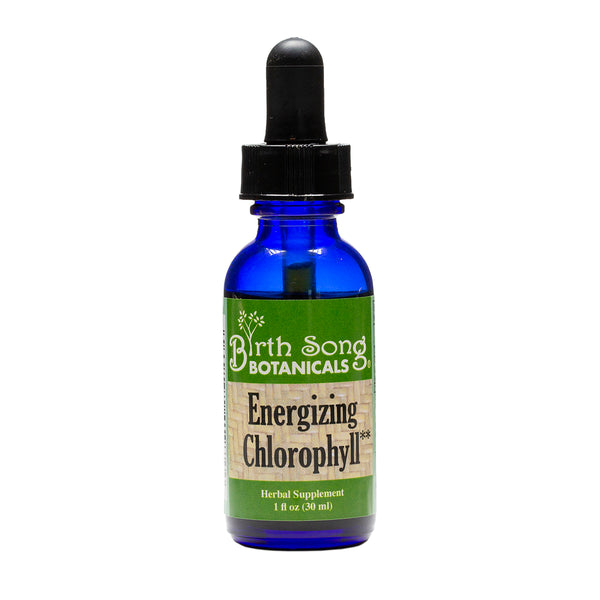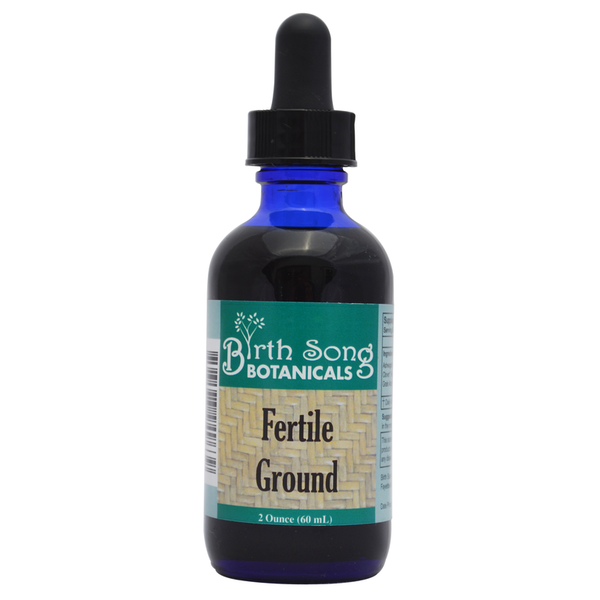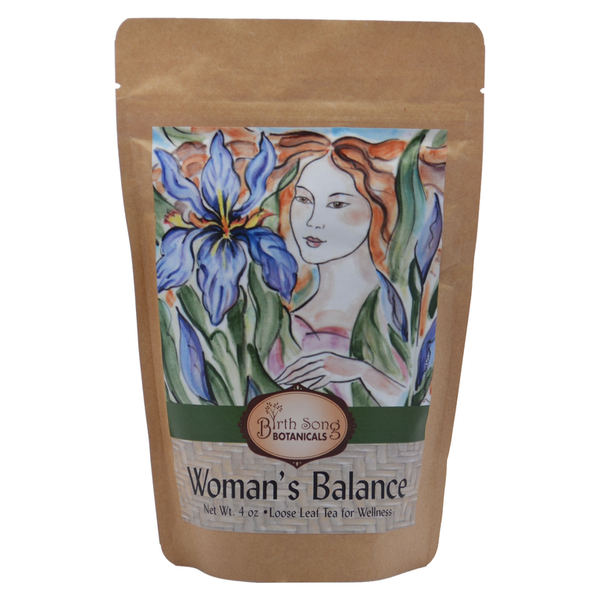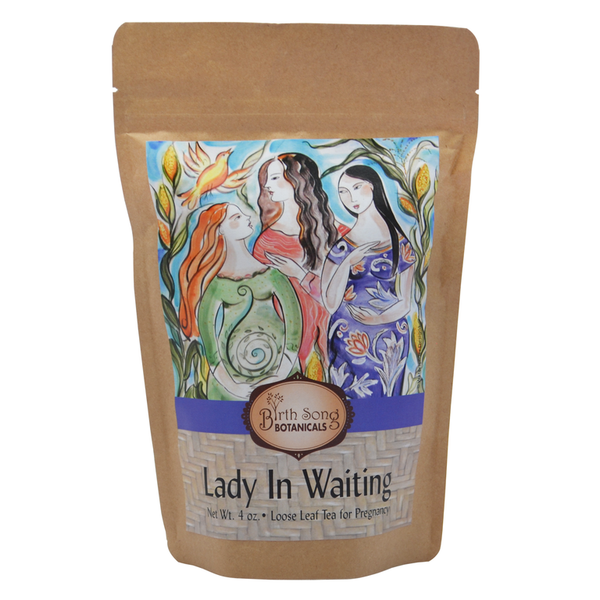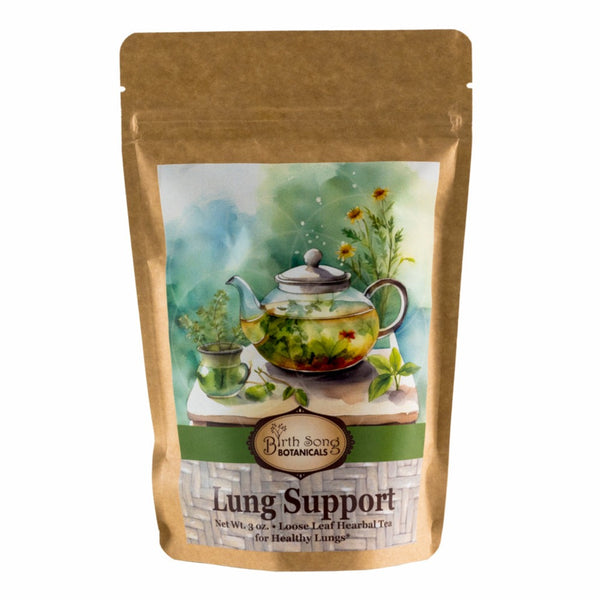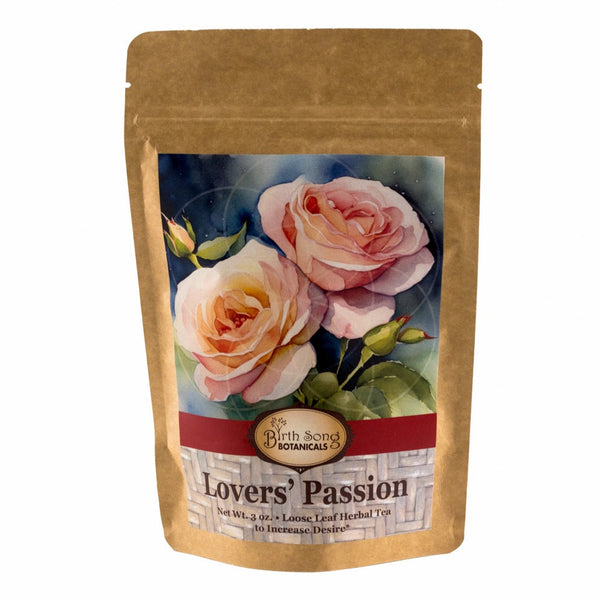- Home
-
Herb Shop
- Product Catalog
- Gift Registry
- Breastfeeding
- Children
- Family
- Fertility
- First Aid
- Gift Sets
- Grief and Loss
- Herbal Baths
- Herbs for Longevity- Chi Tonic
- Herbal Teas
- Herbal Tinctures
- Herbal Yoni Steams
- Immune Boosters
- Menstruation
- Perimenopause and Menopause
- Postpartum
- Pregnancy
- Skin Care
- Stress and Sleep
- Women's Health
- Herb Garden
- Choose the Right Herbal Product
- Ebooks
- Blog and Resources
Blog posts
-
March 26, 2025
Transforming Anger into Creativity and Vitality

Spring is a season of renewal, growth, and transformation. As the energy of nature rises, so does our own internal energy. Just as sap surges through trees, we may feel a stirring within—sometimes as excitement, sometimes as agitation, and sometimes as frustration or anger. Anger is a natural and healthy emotion, but when left unprocessed, it can turn into bitterness and resentment, weighing us down. However, when we learn to channel anger in a constructive way, it can become a force of creativity, vitality, and personal growth.
Right now, there is a lot happening in the world that stirs anger beyond just the natural energy of spring. Social injustices, environmental concerns, and personal struggles can amplify frustration and overwhelm. It's important to recognize these feelings and process them in a way that empowers rather than depletes us.
-
March 17, 2025
Spring Herbs to Support Women's Health

As the earth awakens from winter’s slumber, spring offers a bounty of fresh herbs that can nourish and support women’s health. This season of renewal is the perfect time to incorporate nutrient-rich, detoxifying, and hormone-balancing herbs into your daily routine. Here are some of the best spring herbs for women’s wellness and how they can help support your body throughout the season.
Read more and discover the vitality of early spring herbs for women 🌿
-
March 05, 2025
The Birth Song Botanicals Guide to Motherwort Herb
 Modern motherwort uses are undoubtedly informed by its history as an herb with rich medicinal potential. Occasionally called a cardiotonic, some of its main uses relate to the reproductive system and the heart, where many people feel and hold a great deal of tension and anxiety. Motherwort also provides nervine support, and because it alleviates these nervous feelings, herbalists use the plant to release the feelings from the physical body as well.
Modern motherwort uses are undoubtedly informed by its history as an herb with rich medicinal potential. Occasionally called a cardiotonic, some of its main uses relate to the reproductive system and the heart, where many people feel and hold a great deal of tension and anxiety. Motherwort also provides nervine support, and because it alleviates these nervous feelings, herbalists use the plant to release the feelings from the physical body as well.
-
March 04, 2025
Natural Remedies for Bacterial Vaginosis BV

Traditional treatment for BV typically involves antibiotics. However, such treatment often leads to frequent recurrences and poses some medical risks. Antibiotics serve as a temporary fix for BV symptoms, albeit sometimes necessary in the short run. Yet, they fail to address the underlying issue: vaginal dysbiosis, which signifies an imbalance in the vaginal microbiome.
The discourse within the medical community surrounding bacterial vaginosis is misplaced. Instead of recognizing BV as a manifestation of vaginal microbiome disruption, it is often viewed in isolation as a gynecological concern. Yet, BV stems from a broader imbalance within a woman's overall ecosystem. But BV is annoying, sometimes uncomfortable, and also carries some risks.
So, what steps can women take to avoid and eliminate BV?


